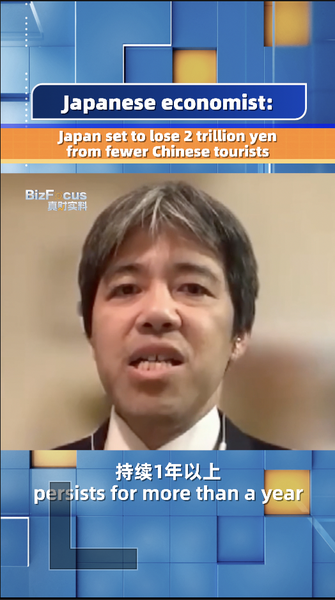Over the past two decades, global trade dynamics have undergone a dramatic transformation. Once prized as the ultimate destination, the US now accounts for less than 15% of worldwide imports, while new alliances and alternative markets are rapidly emerging.
Recent unilateral tariffs imposed by the US administration have been criticized for their arbitrary design, marking a clear departure from decades of reciprocal trade practices. These measures have intensified global trade tensions, fueling a broader shift toward a multipolar economic order.
In response, major market players are recalibrating their strategies. The Chinese mainland, for instance, has rolled out a 34% tariff on American goods, prompting many nations to explore alternative sources for everything from energy and agricultural products to high-tech components. Countries in Europe, Latin America, and beyond are positioning themselves as viable substitutes for American products.
Data-driven studies indicate that these tariffs have led to increased costs for US firms and consumers alike, with higher expenses often absorbed by companies or passed on downstream. This economic recalibration highlights the importance of diverse, multilateral partnerships in today’s interconnected marketplace.
For young global citizens, tech enthusiasts, and business innovators, this shift presents both fresh opportunities and new challenges. As the traditional US-centric trade model gives way to a more balanced, resilient system, global markets are embracing a future defined by collaboration, innovation, and shared growth.
Reference(s):
cgtn.com




